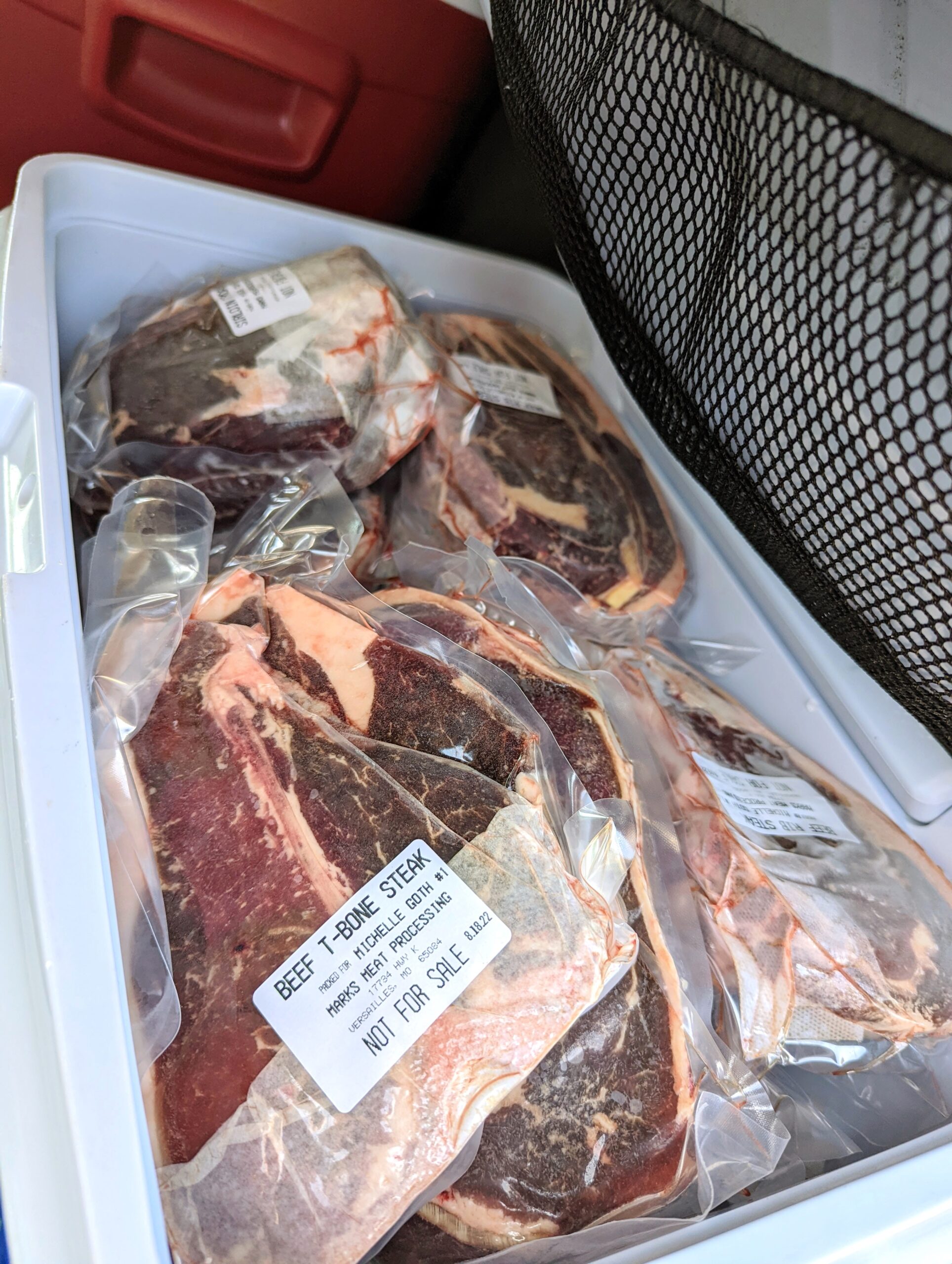
A quarter cow costs between $800-$1125 ($7-8/lb) for 120-160 pounds of beef. This includes steaks, roasts, and ground beef. Hanging weight typically ranges from 160-225 pounds before processing, with final take-home weight averaging 77% of hanging weight. Additional butchering fees average $90.63, making bulk purchase economical compared to store prices.
| Cost Factor | Typical Range | Notes |
|---|---|---|
| Total Cost | $800-$1125 | Varies by region and farm |
| Price Per Pound | $7-8/lb | Based on take-home weight |
| Hanging Weight | 160-225 lbs | Before processing |
| Take-Home Weight | 120-160 lbs | ~77% of hanging weight |
| Processing Fees | $90+ | Additional to base cost |
Getting to Know Quarter Cow Purchases
What’s a Quarter Cow?
So when we talk about a quarter cow, we’re really just talking about a chunk of beef from one cow, specifically one-fourth of the entire animal. When you buy a quarter cow, you’re getting a piece of a whole cow, which usually weighs between 160 and 225 pounds before it gets processed. This is what they call the “hanging weight,” and it’s good to remember you’ll be paying based on that weight not just the amount of meat you end up with.
Once all processed, you can look forward to getting around 120 to 160 pounds of different cuts of beef. This includes things like steaks and roasts as well as ground beef and even some extras like offal or bones. This mix not only keeps your meals interesting but usually gives you more than you’d find at the grocery store.
Why Buy in Bulk?
Buying a quarter cow has a bunch of perks that go beyond just filling up your freezer:
- Save Money: Buying in bulk often lowers the price per pound compared to smaller packs at the grocery store. For example, a quarter cow might set you back between $800 and $1125, which comes out to around $7 to $8 per pound for the meat you can take home.
- Better Quality: When you buy meat directly from a farm or a reliable supplier, you usually get better quality compared to what’s at the supermarket. You can also find grass-fed and hormone-free options much easier.
- More Convenience: Having a freezer full of beef means fewer trips to the grocery store, so you can save time and focus more on cooking.
- Know Your Source: You get to learn how the cows were raised and what they ate, which is something that’s harder to figure out with store-bought meat. This matters for folks who care about health.
All in all, going for a quarter cow gives you some solid financial benefits and supports good farming practices.
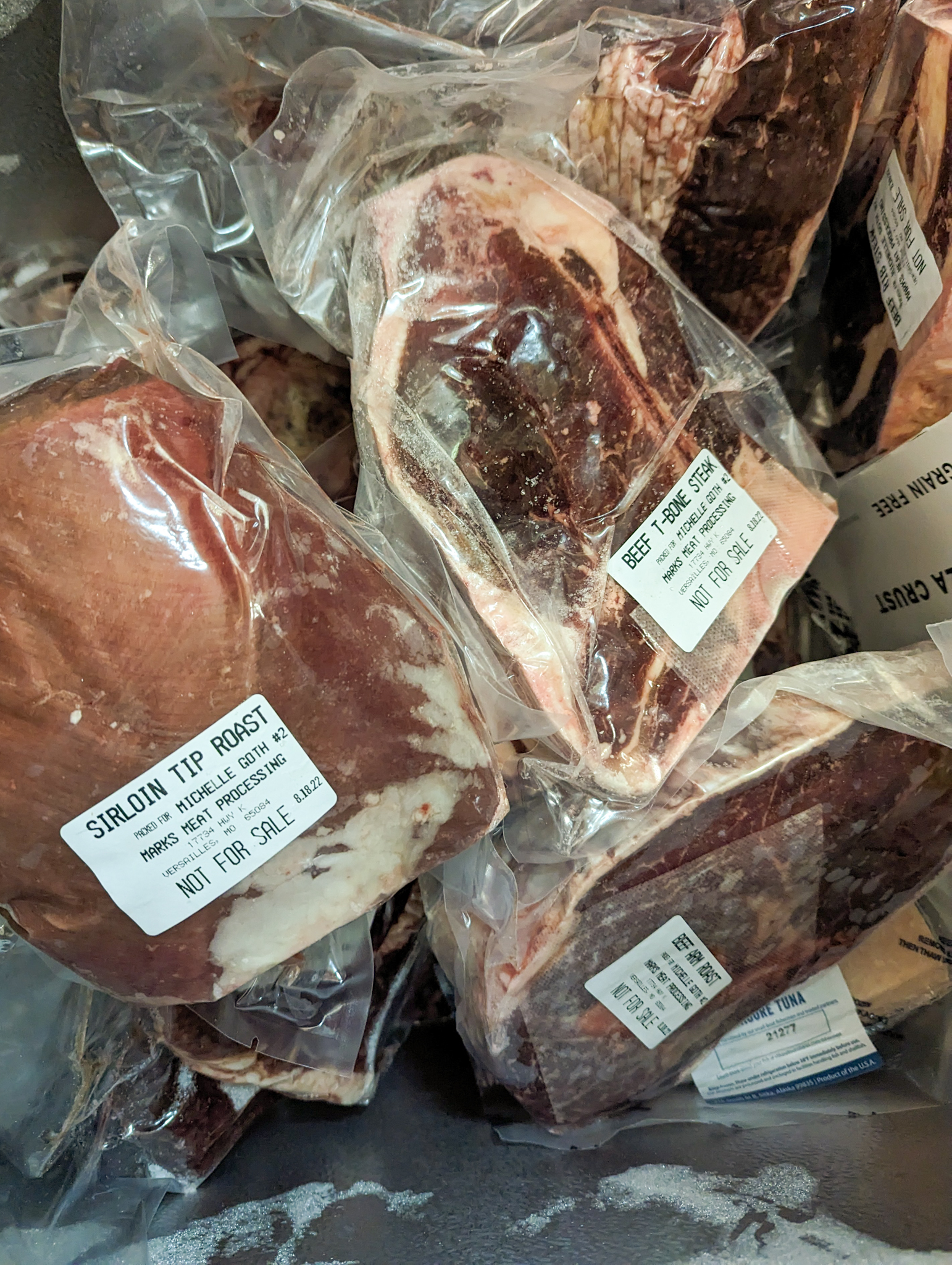
What Affects the Cost?
Weight Matters
The weight of a quarter cow is a big deal when it comes to its cost. Generally, a quarter cow weighs around 160 to 225 pounds in hanging weight before it gets processed. This “hanging weight” is what the cow weighs after being slaughtered and before it gets cut up into specific pieces.
- Figuring Out Costs: If you’re looking at an Angus quarter cow, you might be looking at a price around $849.99, depending on things like the breed and where you’re buying from.
- What to Expect: After it’s been processed, plan on bringing home about 120 to 160 pounds of various meat cuts. Knowing this can really help people see the value of what they’re getting.
Different Cuts and Packaging
Another key thing to look at is the mix of cuts you’ll get when you buy a quarter cow. Each quarter can give you different options like ribeye steaks, sirloin, and ground beef, which all add to the overall value.
- Custom Choices: Lots of suppliers let you pick your preferred cuts. Going for vacuum-sealed packages might add a bit to the price but keeps the meat fresh longer, making it worth it.
- Variety of Cuts: Usually, you’ll get a good balance of cuts, with about half being ground meats, and the rest split between roasts and steaks. That way, you can whip up all sorts of meals.
Extra Processing Costs
Besides the price of the hanging weight, there are extra processing fees to keep in mind when buying a quarter cow.
- Butchering Fees: These cover slaughtering and butchering costs, which can change depending on who you buy it from.
- Special Requests: If you want specific cuts or special packaging, that can up your overall cost too.
Being aware of these costs helps you budget better and choose wisely when you decide to buy a quarter cow. Understanding how each factor affects your budget means you’ll get the most out of your high-quality beef.
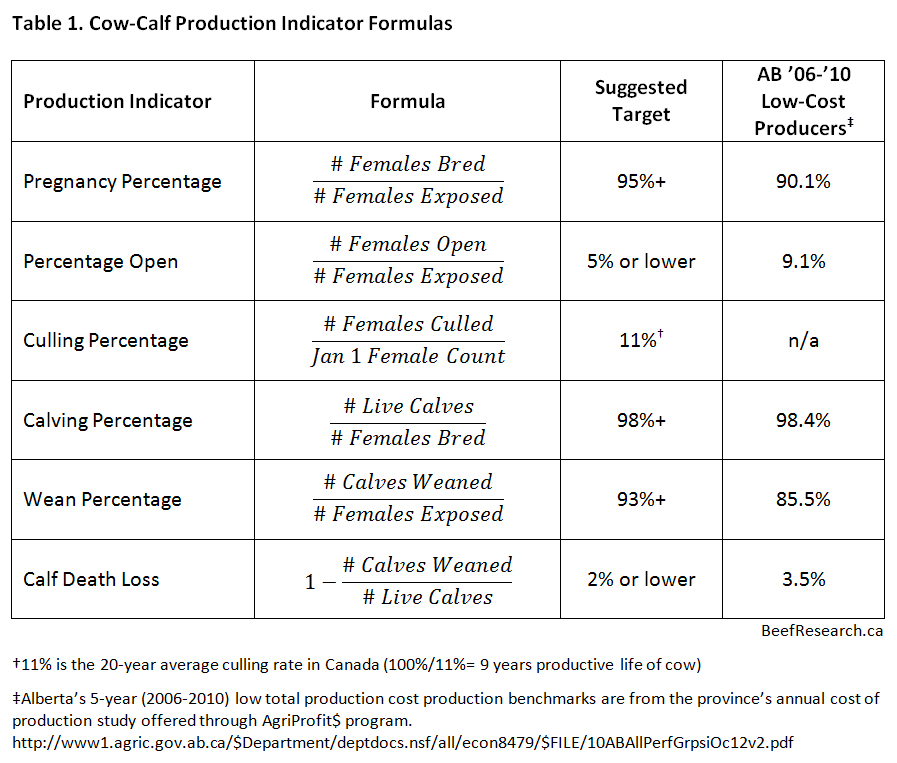
Breaking Down Average Costs
How It Stacks Up Against Store Meat
When thinking about the costs of getting a quarter cow, it’s smart to compare it to what you’d pay for regular meat at the grocery store. For example, if you buy lean ground beef, the price can be anywhere from $5 to $7 per pound, based on quality and source.
- Bulk Savings: In contrast, buying a quarter cow usually brings down your average cost to around $4.80 a pound when you add it all up against the weight of meat you take home. Not only does this save you money but you also get far better quality beef.
- Variety of Cuts: A quarter cow usually gives you a mix of cuts, like steaks, roasts, ground beef, and stew meat. This variety opens up lots of meal planning options compared to what you often get at stores.
From my experience, after snagging a quarter cow, it really changed the game for our meals and saved us money at the same time.
Regional Price Differences
Cost can change quite a lot depending on where you are.
- Local Market Factors: In rural areas where there are more cattle farms, prices might be lower because of less transportation cost and competition among local farmers.
- Urban vs Rural Pricing: On the flip side, urban areas with high demand and fewer local sources may have higher prices. You might find a quarter cow going for about $800 in one city but closer to $600 in a more laid-back area.
Knowing about these regional price differences can help you make smart choices and save some cash. So no matter where you are, checking local prices is a good move to get the best deal on high-quality beef. Don’t hesitate to reach out to nearby farmers or look for listings to find the best deals on quarter cows.
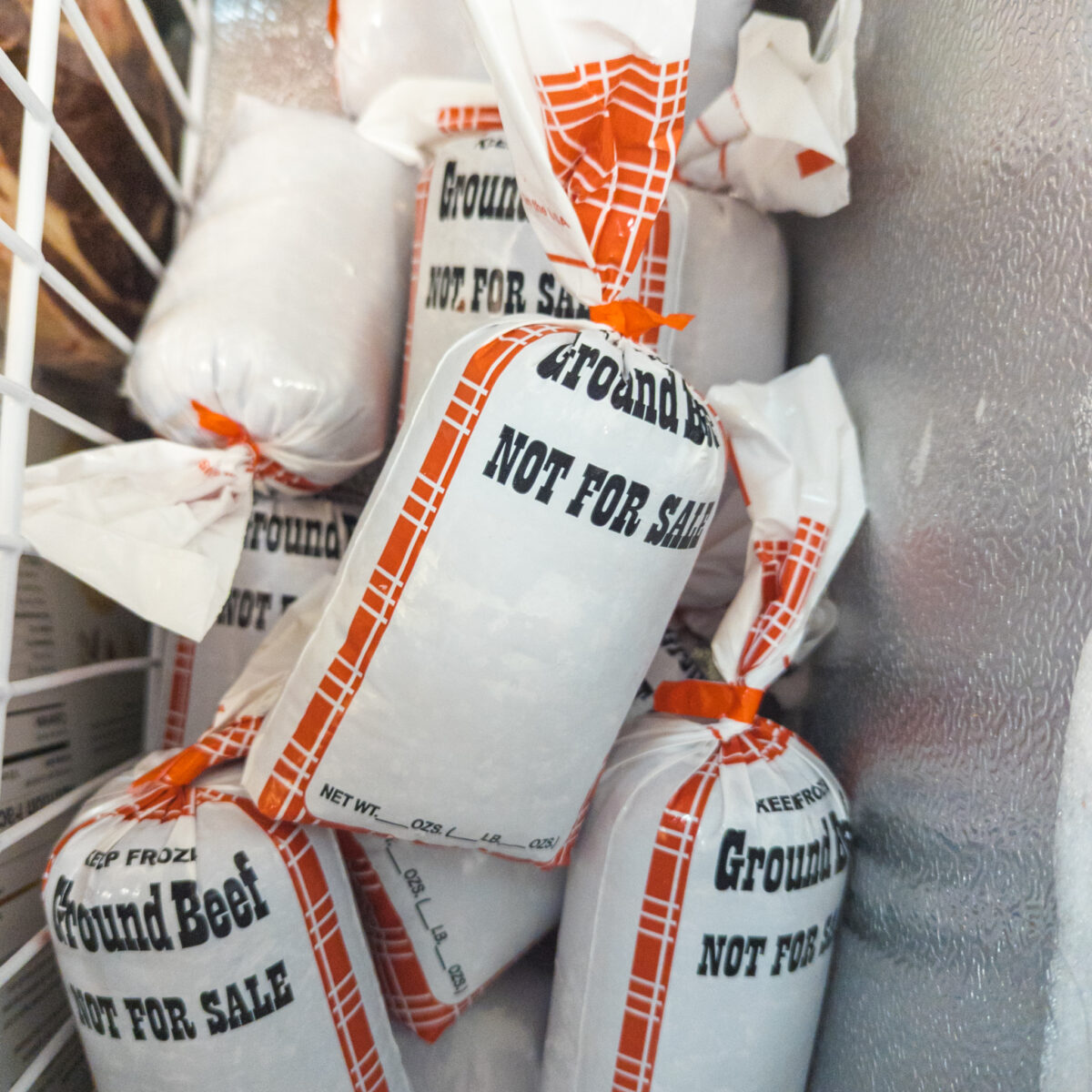
Smart Budgeting and Cost-Cutting Tips
Storing Your Beef Right
When you buy a quarter cow, one big thing to consider is how you’re going to store it. Making sure you have enough freezer space is key to keeping all that meat fresh and avoiding waste. Here are some handy tips for storing:
- Space Needs: You’ll need about 7 cubic feet of freezer space to fit a quarter cow comfortably. Check your current freezer room before you place an order.
- Type of Freezer: If you need a freezer, think about getting a chest freezer. They’re usually more energy-efficient and give you lots of room for storing bulk meat.
- Keeping it Organized: Use clear containers or vacuum-sealed bags to keep everything sorted. This way you can quickly find what you need and use the oldest stuff first, cutting spoilage risks.
I learned how important planning for storage was when I got my first quarter cow; I found myself rearranging the freezer multiple times to make everything fit!
Freezing for Savings
Freezing is a great way to keep your beef nice while also helping with savings. If you freeze correctly, you can make your meat last a long time after you buy it. Here are some tips to really get the most out of your freezer:
- Portion Things Out: By cutting the meat into smaller meal-sized portions before freezing, you cut down on thawing and refreezing, which can mess with texture and flavor. Plus it helps you stay on budget since you can enjoy the meat gradually.
- Freeze Fresh Cuts: After the butchering, wrap your cuts tightly in freezer paper or vacuum-seal them to stop freezer burn. This keeps moisture and flavor locked in.
- Plan Ahead: With a stocked freezer, plan meals around what you already have, saving you money on groceries long haul. For example, using ground beef for tacos one night and cooking a roast for Sunday dinner makes everything easier and cheaper.
If you use these storage and freezing tricks, you can make sure your quarter cow not only lasts longer but also brings all kinds of flavor and variety to your meals while keeping your budget intact.
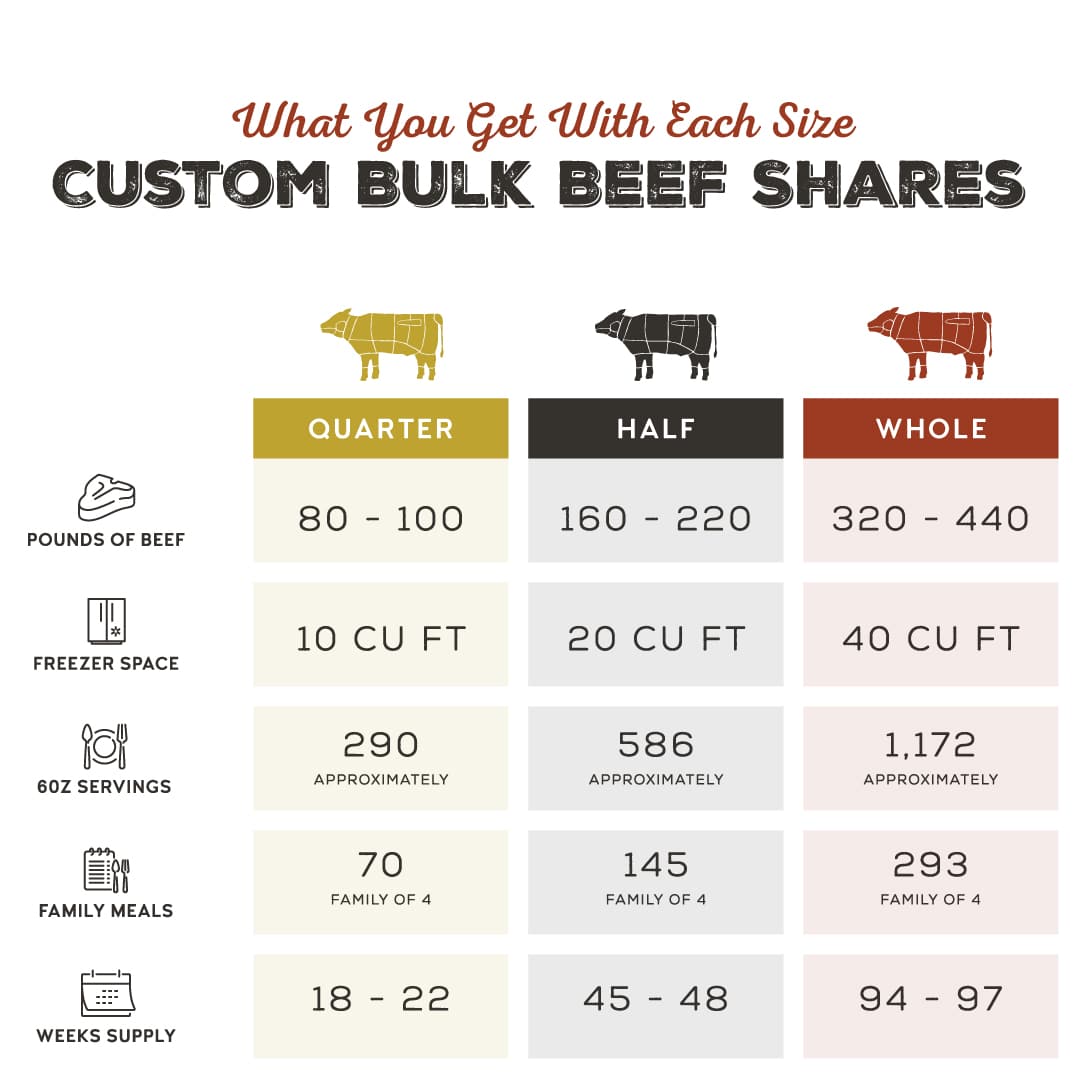
Choosing Your Source
Local Farms or Online?
When it comes to buying a quarter cow, one of the first things you’ll decide is whether you want to get your beef from local farms or online stores. Each option has pros and cons.
- Local Farms: Buying from a local farm lets you talk directly to the farmer. This is a good chance to ask about their farming methods, how the cattle get raised, and what they eat. For instance, when I got my quarter cow, I found a family-owned farm nearby where I could see how the cattle lived and made sure they were raised on pasture. That kind of transparency was really comforting and assured me of the meat’s quality.
- Online Retailers: On the flip side, online shops can offer more options and sometimes even better deals. Many good online suppliers team up with local farmers, ensuring the meat is sourced responsibly. Shopping online is really convenient, especially if local options are limited.
Just be sure to check delivery policies since shipping frozen meat could come with its own costs.
Checking Quality and Trustworthiness
No matter where you go, making sure the quality and reputation of your supplier is up to par is super important for making a smart buy.
- Read Reviews: Before you buy, take a moment to check out reviews and testimonials. A supplier with lots of positive feedback is likely to deliver good quality meat and decent service.
- Be Informed: A trustworthy supplier should be open about their farming methods, how they care for their animals, and what they feed them. If they seem hesitant to answer your questions, it might be a sign to look elsewhere.
I found this out the hard way when I first went with a supplier who had flashy marketing but not-so-great reviews. Switching to a well-reviewed local farm made a world of difference in the quality of my meat. Making sure your supplier meets your standards makes for a much better experience!

Frequently Asked Questions About Buying a Quarter Cow
How much freezer space do I need for a quarter cow?
You’ll need approximately 7 cubic feet of freezer space to comfortably store a quarter cow. A chest freezer is recommended for energy efficiency and better organization of bulk meat.
What cuts of meat will I get with a quarter cow?
A quarter cow typically provides a variety of cuts including steaks (ribeye, sirloin), roasts, ground beef, and stew meat. About half is usually ground meat, with the remainder split between roasts and steaks.
How long does quarter cow beef last in the freezer?
Properly vacuum-sealed and frozen beef from a quarter cow can last 12-18 months in a well-maintained freezer. For best quality, use steaks within 12 months and ground beef within 4-6 months.
Is buying a quarter cow cheaper than buying meat at the grocery store?
Yes, buying a quarter cow typically reduces your cost to around $4.80 per pound on average, compared to $5-7 per pound for individual cuts at grocery stores, while providing higher quality meat.
Can I customize the cuts when buying a quarter cow?
Most suppliers allow for customization of cuts when purchasing a quarter cow. You can specify thickness of steaks, size of roasts, and packaging preferences, though special requests may incur additional processing fees.
Wrapping It Up
Key Takeaways on Cost
Buying a quarter cow can be a great move, especially when you weigh out the many factors that impact costs. Based on my experience, spending around $479.13 for about 100 pounds of top-notch beef was totally worth it. Here are some key things to keep in mind regarding costs:
- Hanging Weight vs Take-Home Weight: Remember that when you buy a quarter cow, you’re paying for the hanging weight, and you typically lose about 20-30% during processing. This means what you take home usually averages about 77% of the hanging weight.
- Processing Costs: On top of the farmer’s price, you need to factor in butchering fees, which may vary depending on the butcher and what special requests you have. In my case, those added about $90.63 to the final cost.
- Bulk Buying Benefits: Generally, the price per pound is lower than picking up various cuts at the store. This can really save you money over time.
Final Thoughts
If you’re thinking about getting a quarter cow, I say do your homework and ask the right questions to help you find a good supplier.
- Visit Local Farms: If you can, check out local farms to get a sense of their practices.
- Storage Planning: Make sure you have enough freezer space — maybe invest in a chest freezer.
- Meal Prep: Get to know the different cuts of beef and meal-planning tips to make the most out of your purchase.
By following these tips, you’ll not only save money but also enjoy high-quality beef straight from the farm. Ultimately, buying a quarter cow means you’re not just shopping smart; you’re also supporting local farming and making healthier choices for your family. Happy meal prepping!
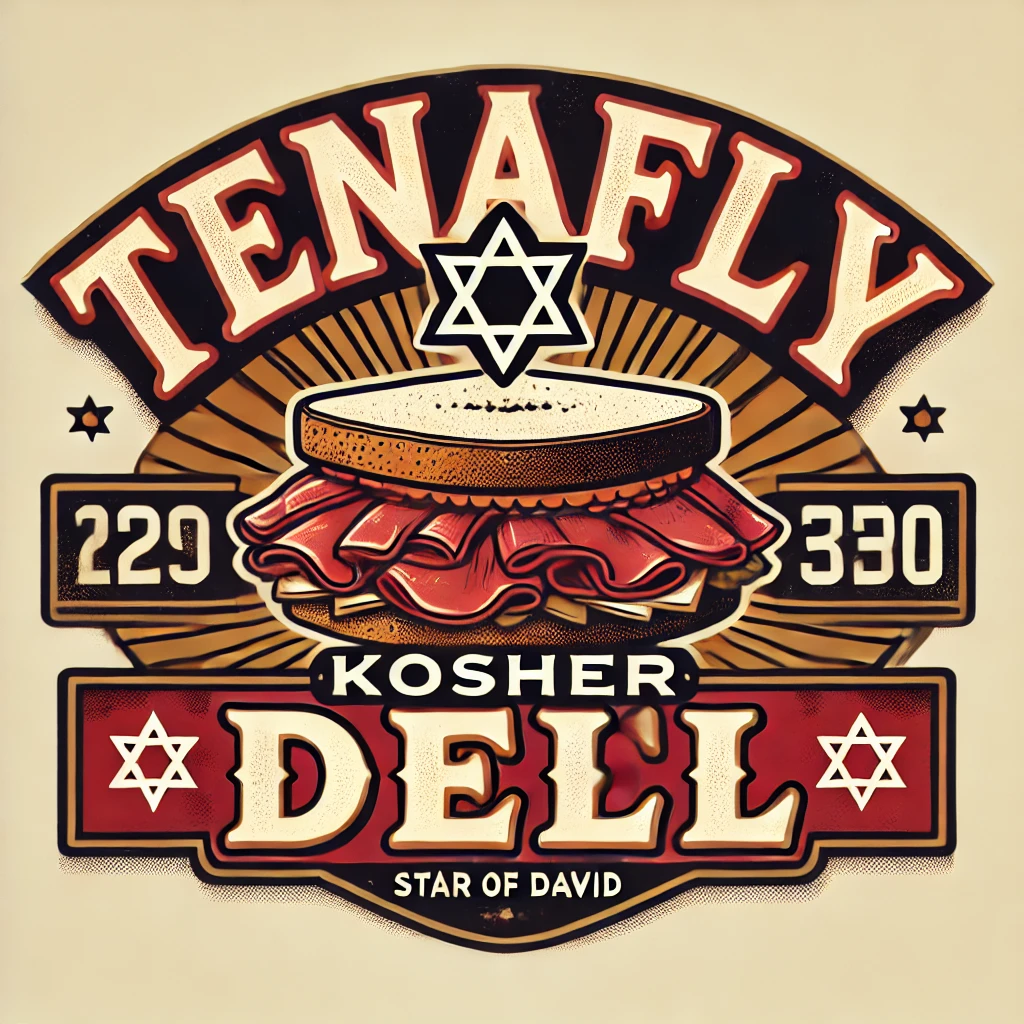
A Bergen County institution celebrating authentic Jewish cuisine since 1985. Our pastrami—brined for 14 days, smoked over applewood for 12 hours, and steamed to perfection—creates a melt-in-your-mouth experience that rivals Manhattan’s finest delis. Our rye bread is baked fresh daily using a century-old recipe from Poland. Featured in Food & Wine’s “Top 10 Delicatessens in America” and on Food Network’s “Best Thing I Ever Ate.” Chef Moshe Greenbaum, a third-generation deli master trained at the Culinary Institute of America, ensures every sandwich meets our exacting standards. No wonder our customers drive from three states away.
Leave a Reply